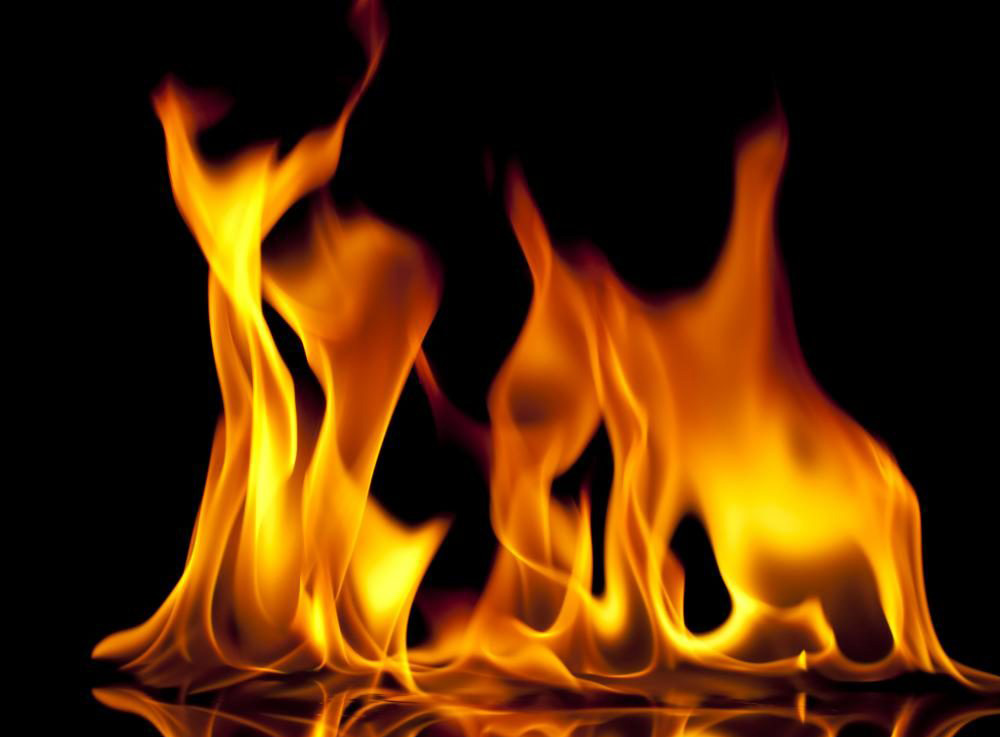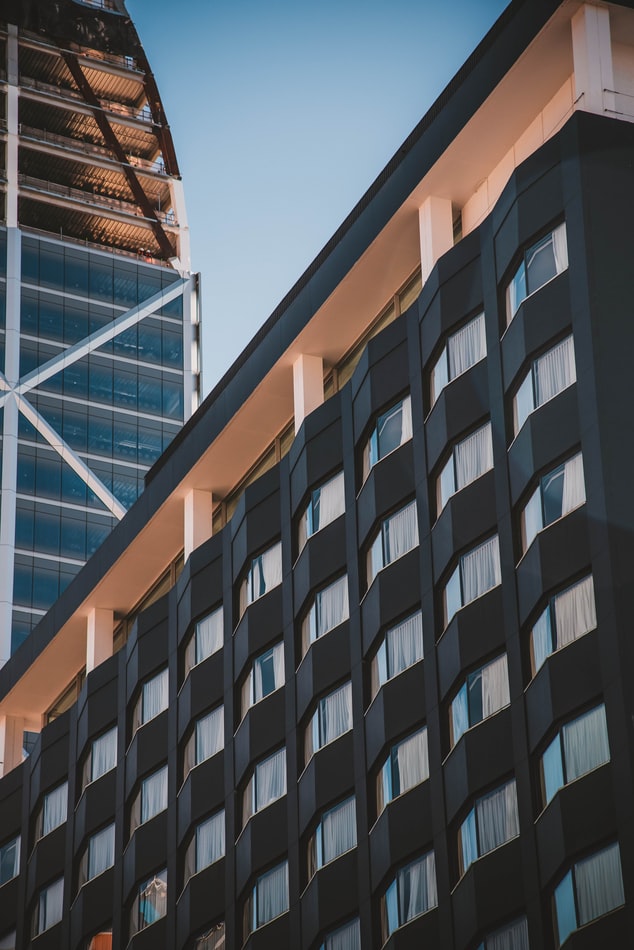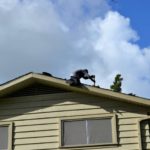Containment is the fastest way to prevent smoke and accompanying toxic gases from spreading during a fire outbreak. It involves dividing a large space into smaller boxes that can assist in protecting the inhabitants as they attempt to find their way out.
Fires topping is one of the elements used when implementing containment measures. But what is it? The simplest way to explain fire stopping services is to say what they aren’t!
In this case, they aren’t the same as:
- Draft stopping, which is a technique used to restrict air movement in concealed locations.
- It’s also not the same as fire blocking. This is applied in concealed locations having combustible construction materials to restrict flames from spreading to other areas.
- Lastly, it’s not foam insulation, a method applied in combustible construction together with fire blocking.
It’s not possible to test firestopping on its own, as it’s necessary for it to be a part of a system. Some of the common firestop code violations include:

Lack of Information on Plans or No Plan Review
The plan-review stage presents the first opportunity to have all the potential fire stopping problems addressed. At this stage, a plans examiner can check the plans for several penetration items.
Once the review is complete, they can recommend that future plans provide listing details for every penetration item listed. According to the International Building Code Section 107.2.1, every plan must clearly indicate in detail that the installation will satisfy the building code.
In the case of fire stopping, the only way to prove compliance is to supply the particular listed/tested system for every application. If a plan fails to furnish the necessary information, the inspector has the mandate to ensure it’s addressed.
Wall Ratings (Smoke/Air/Fire)
The perimeter and penetration containment systems should meet the specified flame passage restrictions. Often, an “F” is used to denote them, which stands for flame occurrence.
Additionally, joints and penetrations located in horizontal and vertical assemblies and which act as smoke barriers should also be in a position to restrict smoke movement.
Perimeter containment systems, fire-resistive joint systems, and penetration firestops at or within the perimeter of every smoke barrier should have an “L” marking. It stands for air leakage rating.

Apart from having thorough-penetration firestop systems installed, it’s also necessary to firestop the top and bottom walls. Fire stopping, in this case, can be achieved through the use of “bottom-of-wall” and “head-of-wall” joints.
Use of Incorrect Fasteners
Did you know that some of the materials used in fire stopping tend to swell when they get exposed to heat? It’s common to use intumescent firestop materials together with those that can alter their shape, burn, or melt.
If the wrong fastener is used, it will allow gases, smoke, and fire to breach the barrier already in place.
Conclusion
Clearly, there are very many factors that can lead to problems when installing firestop material. Although the list above isn’t all-inclusive, it does capture some of the violations that can cause a two-hour wall to be reduced to a three-minute wall. Taking these violations into account and addressing them can help in saving lives.





